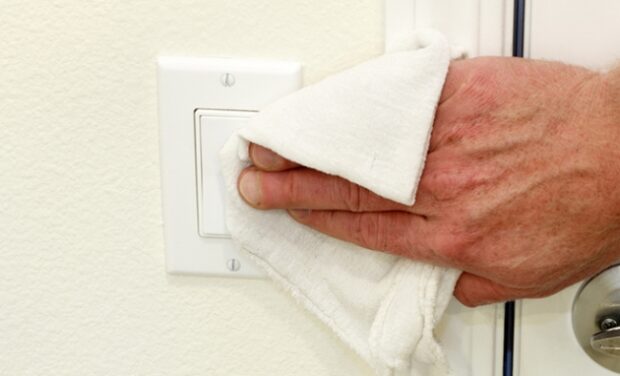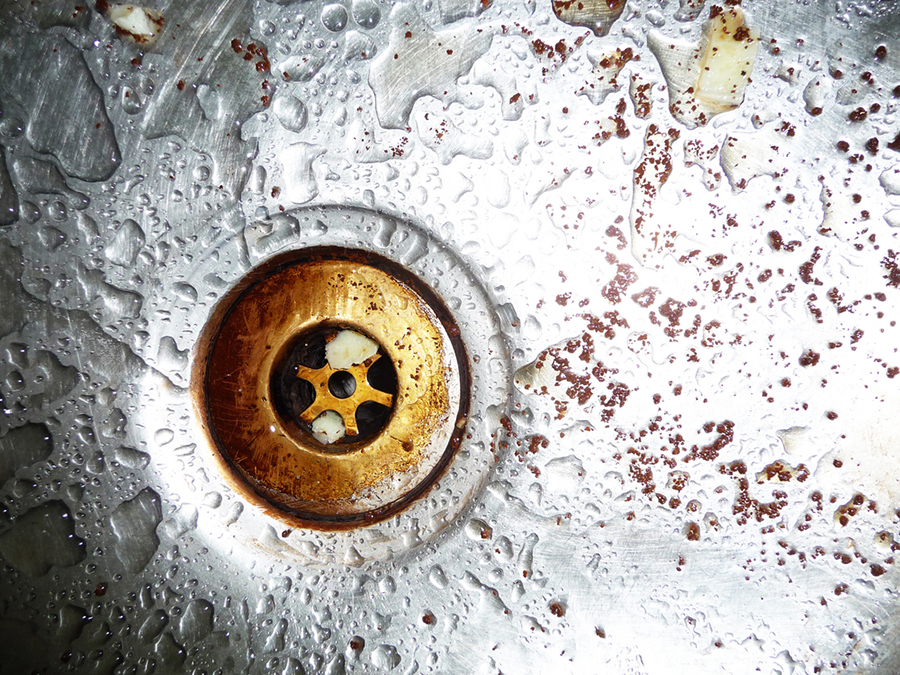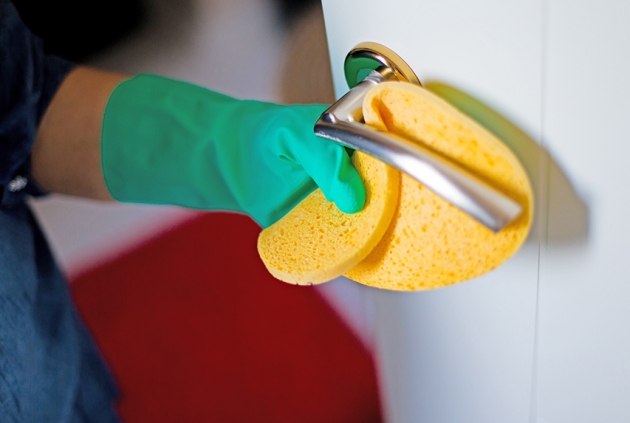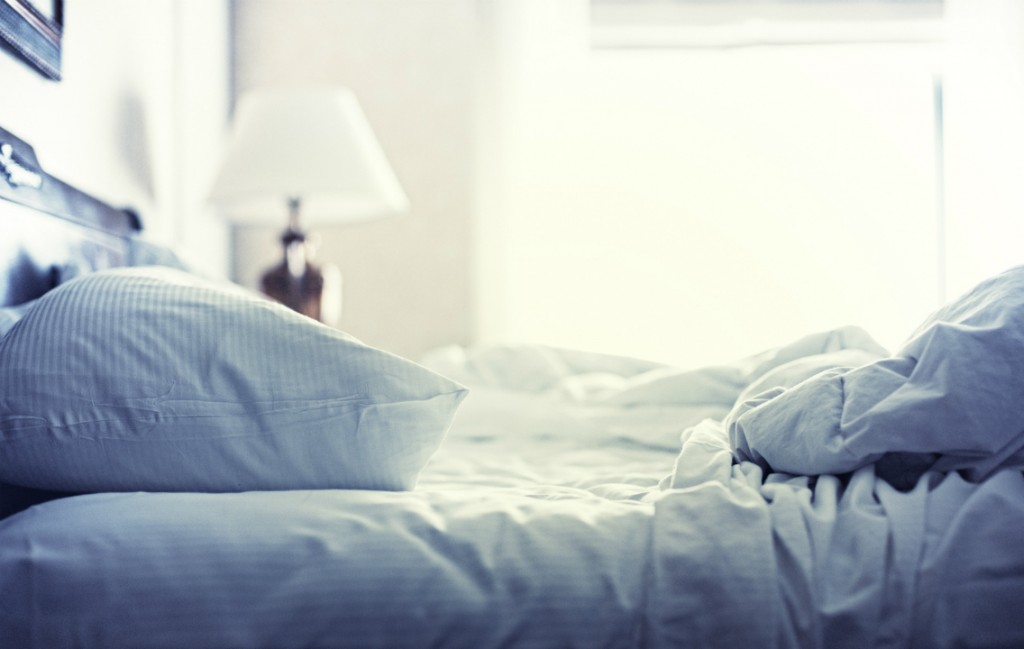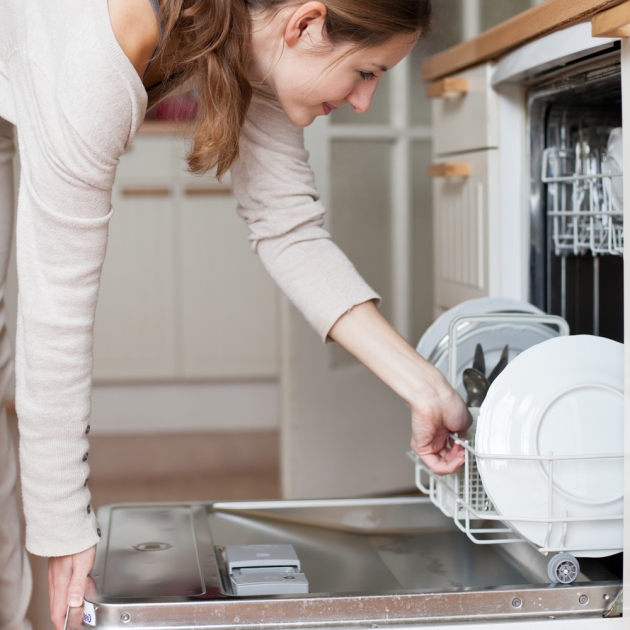Having a clean house is not only pleasant to look at, it’s also important for hygiene and health reasons. We’re not doubting your cleaning abilities, but sometimes it’s easy to forget to clean certain areas in your home. Do you remember the last time you cleaned the door handles? Or the sink? Or what about your tech toys (these get so dirty that we’ve written a whole post on how to clean your gadgets)?
It’s easy to forget to wipe these places clean which means they can accumulate bacteria. To help you out, we’ve come up with a list of places that people often forget to clean and tips on how to clean them.
- The sink
- Door handles and light switches
- Sheets
- The carpet
- Refrigerator
- The dishwasher
There can be up to 10,000 bacteria per square cm in your kitchen sink. In contrast, your toilet seat has no more than 8 bacteria per square cm. So when you drop something in the sink, always wash it before eating it.
How to clean it?
You should clean your sink once a day with regular detergent. To prevent bacteria transferring onto other items remember to clean the sponge as well, and change it regularly. If you want to go green, cut a lemon in half and use the cut side as though it were a sponge to clean out the sink. Leave the lemon juice for 15 minutes before rinsing off with clean water.
Door handles and light switches are used by everyone but are never cleaned. This means that bacteria and germs from one person’s hands can be transferred to another person even without any physical contact. Bacteria such as E.Coli can be found on light switches and door handles. This bacteria can cause of gastrointestinal inflammation, diarrhea, and food poisoning.
How to clean them?
Use a disinfectant cloth to wipe down the light switches and door handles. Change the cloth after cleaning these areas. If you don’t have wipes you can always use a cloth dabbed in white vinegar to clean the handles and switches and kill germs naturally.
While sleeping we lose around 1 million skin particles and a approximately ½ liter of sweat. The loss of these substances from your bodies to your bed sheets makes the bed a favourable place for dust mites and small spiders. These can cause allergies and problems such as a chronic cough, watery eyes, and asthma.
How to clean them?
Your sheets should be washed at a temperature of at least 60°C to kill the bacteria and mites. However, be careful when washing the sheets as too high a temperature can make the sheets hard. Take advantage of the sun in Dubai and place the sheets outside to dry. The sun’s UV rays can act as a disinfectant, killing the bacteria and mites.
Studies have found that rugs can have millions of bacteria such as E.coli. What’s even more shocking is the fact that remains of human and animal feces have also been found on carpets.
How to clean it?
Vacuum your carpets on a weekly basis, especially in places where it’s easy for dust to accumulate, for instance under the bed and sofa. Once every year your carpet should be given to professional cleaners for a steam clean. This kills off the bacteria and also helps the carpet regain its elasticity and softness. You can also clean your carpet using DIY methods such as with lemon juice.
A study found that the vegetable section of a refrigerator has 750 times more bacteria than that is safe for us. Vegetable shelves have bacteria such as E.Coli, salmonella and listeria present on them. This makes it essential to keep the areas where food is stored clean since ⅔ of all cases of food poisoning originate from a person’s home.
How to clean it?
Perishable foods in the fridge should be used up as soon as possible and the shelves should be cleaned before they’re refilled. The fridge should be set to the correct temperature to ensure the food remains fresh. In the summer, the ideal temperature is 3-5 degrees and in the winter it should be set to 1-3 degrees. The freezer should be kept at -18 degrees. Once every four months, you should do a thorough cleaning of the fridge. Remove all the food from it and wipe all the surfaces with an antibacterial agent like vinegar or lemon juice.
According to a study that tested 900 machines, 62% of them contained harmful fungi and mold was present in 56% of them. These germs can cause skin infections and also infect your lungs. This type of fungus is not formed naturally, but the high temperature in the dishwasher leads to its formation.
How to clean it?
Use a sponge and antibacterial spray or vinegar to carefully clean the inside of your dishwasher, in particular near the rubber seals. Fill in the dishwasher tablet slot with vinegar and run an empty cycle at the highest temperature. Then run another cycle at the same temperature but this time sprinkle the bottom of the dishwasher with sodium bicarbonate. Once your dishwasher is clean, it will be perfect to use it to clean other items.
With these top tips, your home will be sparkling clean from top to bottom. No more hidden germs, just a cleaner home and a healthier you. And if you can’t find the time to make use of these tricks, we’re always happy to help by connecting you with one of our local cleaners who can take care of your home on your behalf.




